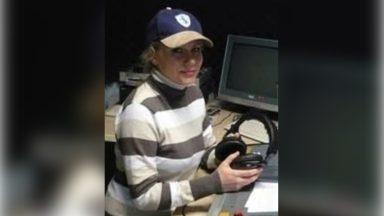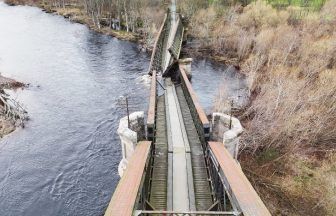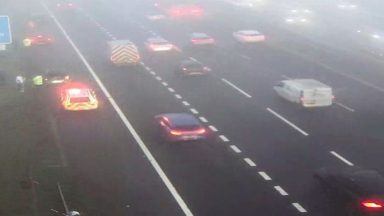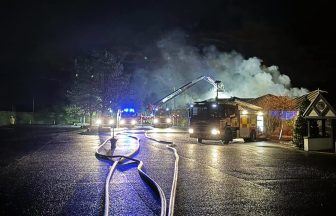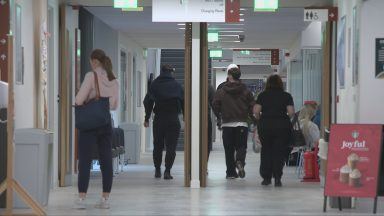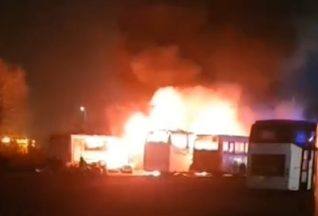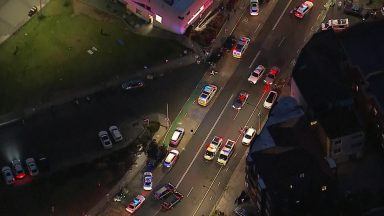An investigation into a train derailment has found a wiring error in the railway’s signalling system was the cause.
The Rail Accident Investigation Branch (RAIB) found the consequences of the 2021 Dalwhinnie incident could have been “much worse”.
While no one was hurt in the derailment, the prove found a “lack of clarity” in Network Rail’s maintenance standards.
While no one was hurt in the incident, the Rail Accident Investigation Branch (RAIB) found that its consequences could have been “much worse”.
At around 3.01am on April 10, 2021, an empty coaching stock train derailed while travelling at around 53 km/h after being wrongly diverted from the main line onto a crossover south of Dalwhinnie station, Badenoch and Strathspey.
None of the five people on board were injured, but the outcome could have been different had the train been travelling at higher speed and carrying passengers.
The line was also closed for inspection, causing several weeks of disruption for commuters.
The RAIB probe found that the wrong diversion occurred due to a miscommunication between points at a crossover, which caused the rear of the train to derail as it passed over them.
RAIB’s report read: “The local signalling maintenance team was responsible for installing and testing the replacement point machine.
“The team did not appreciate that the crossover at Dalwhinnie was unique to the area and that, because of the design of the point position detection circuit that the two point machines shared, these conductors needed to be removed from the point machine when it was installed.”
Renewal work was not carried out with the need to alter the internal wiring in mind, and the point machine was tested and commissioned following processes that Network Rail prescribes for signalling maintenance work when installing a replacement.
Checks and wire-counting that were required before and after the point machine was installed did not identify the wiring discrepancy.
The RAIB investigation found a “lack of clarity” in Network Rail’s signalling maintenance standards concerning the working arrangements of the appointed tester and of those carrying out this type of installation work.
“Those who don’t remember the past are condemned to repeat it, has been said in many ways by many people,” said Andrew Hall, chief inspector of rail accidents.
“Some of the causes of the accident at Dalwhinnie bear an alarming similarity to those found in the multi-fatal accident at Clapham Junction in 1988, and the more recent collision at Waterloo in 2017 which caused huge disruption on routes into London.
“These accidents share a common theme, that an undetected wiring error resulted in the failure of the signalling system.”
Network Rail has been given five recommendations following the investigation, including coverage of the definition of responsibilities when carrying out “pre-planned like-for-like” equipment replacement.
The report also recommended provision of information and warnings for replaceable items of signalling equipment and arrangements for recording the progress and findings of signal maintenance testing.
Mr Hall said: “When it comes to fully understanding the importance of hard-learned lessons around the wiring of railway signalling, the accident at Dalwhinnie needs to act as another salutary reminder to the industry.”
Network Rail has been contacted for response.
Follow STV News on WhatsApp
Scan the QR code on your mobile device for all the latest news from around the country


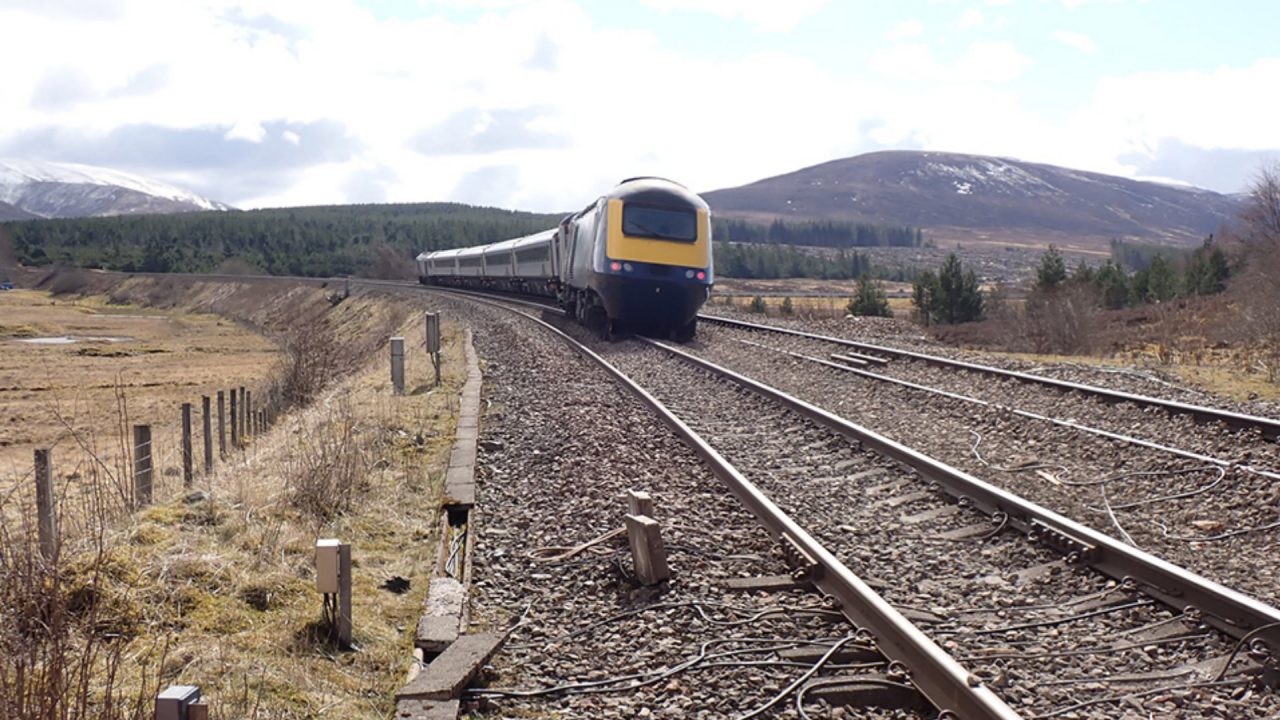 RAIB
RAIB

